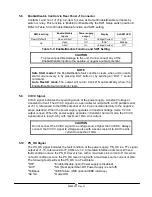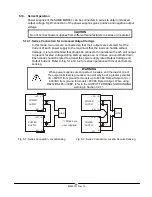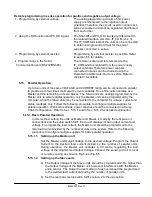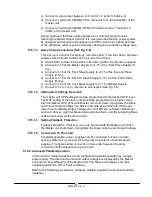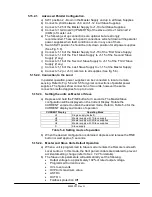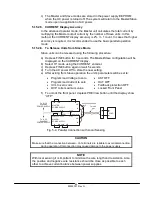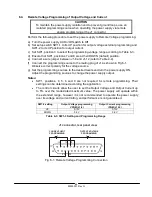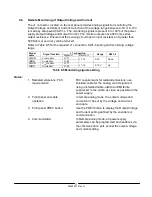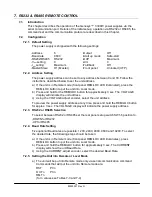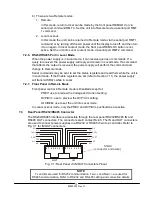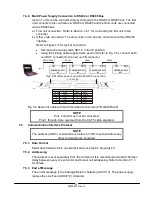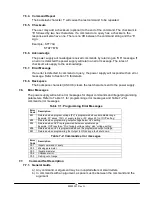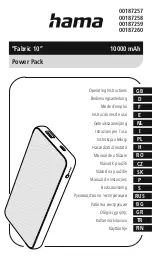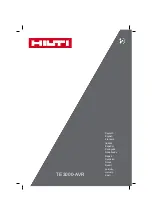
62
83503001 Rev G
Remote programming in series operation for positive and negative output voltage
1. Programming by external voltage:
The analog programming circuits of this power
supply are referenced to the negative output
potential. Therefore, the circuits used to control each
series connected unit must be separated and floated
from each other.
2. Using the SO function and PS_OK signal:
The Shut-Off and PS_OK circuits are referenced to
the isolated interface common, IF_COM (J1-2,3).
The IF_COM terminals of the units can be connected
to obtain a single control circuit for the power
supplies connected in series.
3. Programming by external resistor:
Programming by external resistor is possible. Refer
to section 6.5 for details.
4.
Programming via the Serial
Communication port (RS232/RS485):
The communication port is referenced to the
IF_COM which is isolated from the power supply
output potential. Therefore power supplies
connected in series can be chained using the
Remote-In and Remote-Out connectors. Refer to
chapter 7 for details.
5.15.
Parallel Operation
Up to four units of the same VOLTAGE and CURRENT rating can be connected in parallel
to provide up to four times the Output Current capability. One of the units operates as a
Master and the remaining units are Slaves. The Slave units are analog programmed by the
Master unit. In remote digital operation, only the Master unit can be programmed by the
computer, while the Slave units may be connected to the computer for voltage, current and
status readback only. Follow the following procedure to configure multiple supplies for
parallel operation. With both methods, power supplies should be connected in a Daisy-
Chain Configuration. Refer to Sec. 5.15.1 and to Sec. 5.15.2 for detailed explanation.
5.15.1. Basic Parallel Operation
In this method, setting the units as Master and Slaves is made by the rear panel J1
connections and the setup switch SW1. Each unit displays its own output current and
voltage. To program the load current, the Master unit should be programmed to the
total load current divided by the number of units in the system. Refer to the following
procedure to configure multiple supplies for basic parallel operation.
5.15.1.1.
Setting up the Master unit
Set the Master unit Output Voltage to the desired voltage. Program the Output
Current to the desired load current divided by the number of parallel units.
During operation, the Master unit operates in CV mode, regulating the load
voltage at the programmed Output Voltage. Connect the sensing circuit to local
or remote sensing as shown in Fig.5-4 or Fig.5-5.
5.15.1.2.
Setting up the Slave units
a) The Output Voltage of the Slave units should be programmed 2-5% higher than
the Output Voltage of the Master unit to prevent interference with the Master
unit’s control. The Output Current setting of each unit should be programmed
to the desired load current divided by the number of parallel units.
b) Set the rear panel setup switch SW1 position 2 to the up position.











